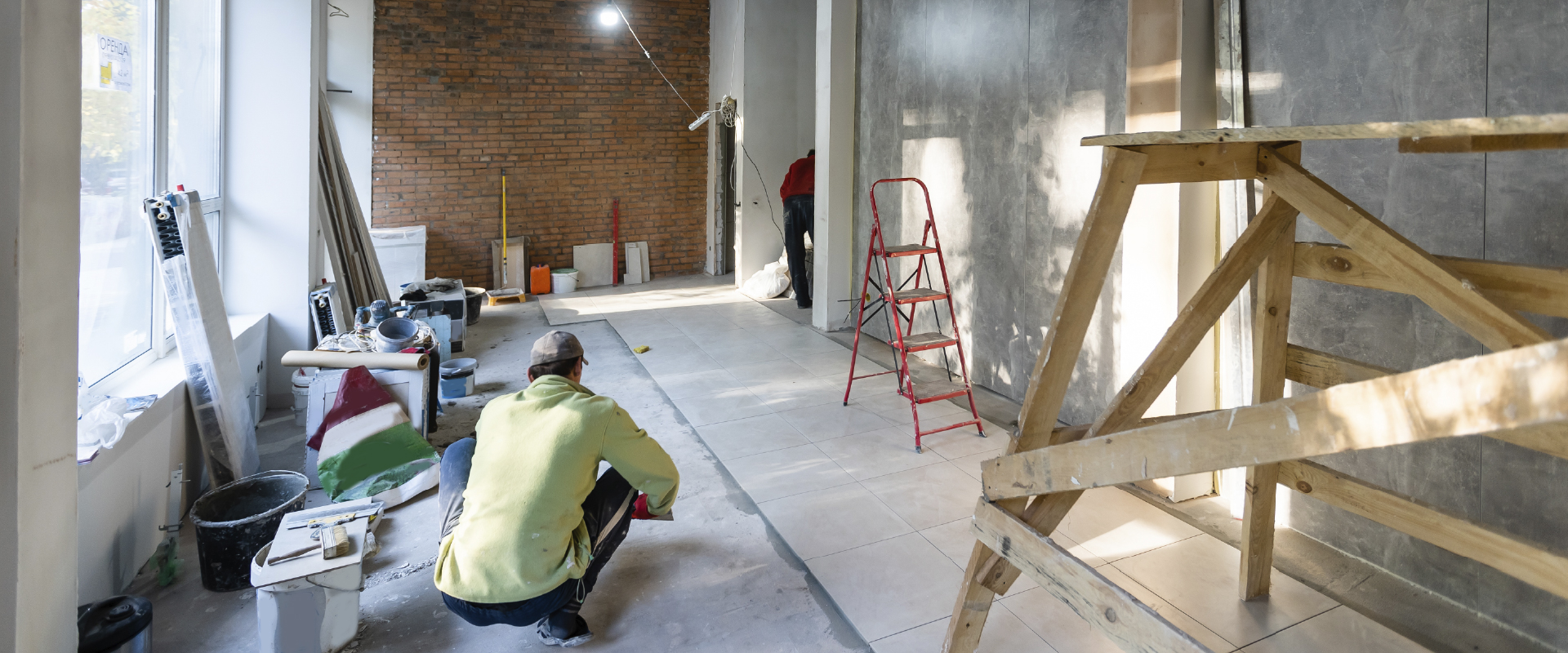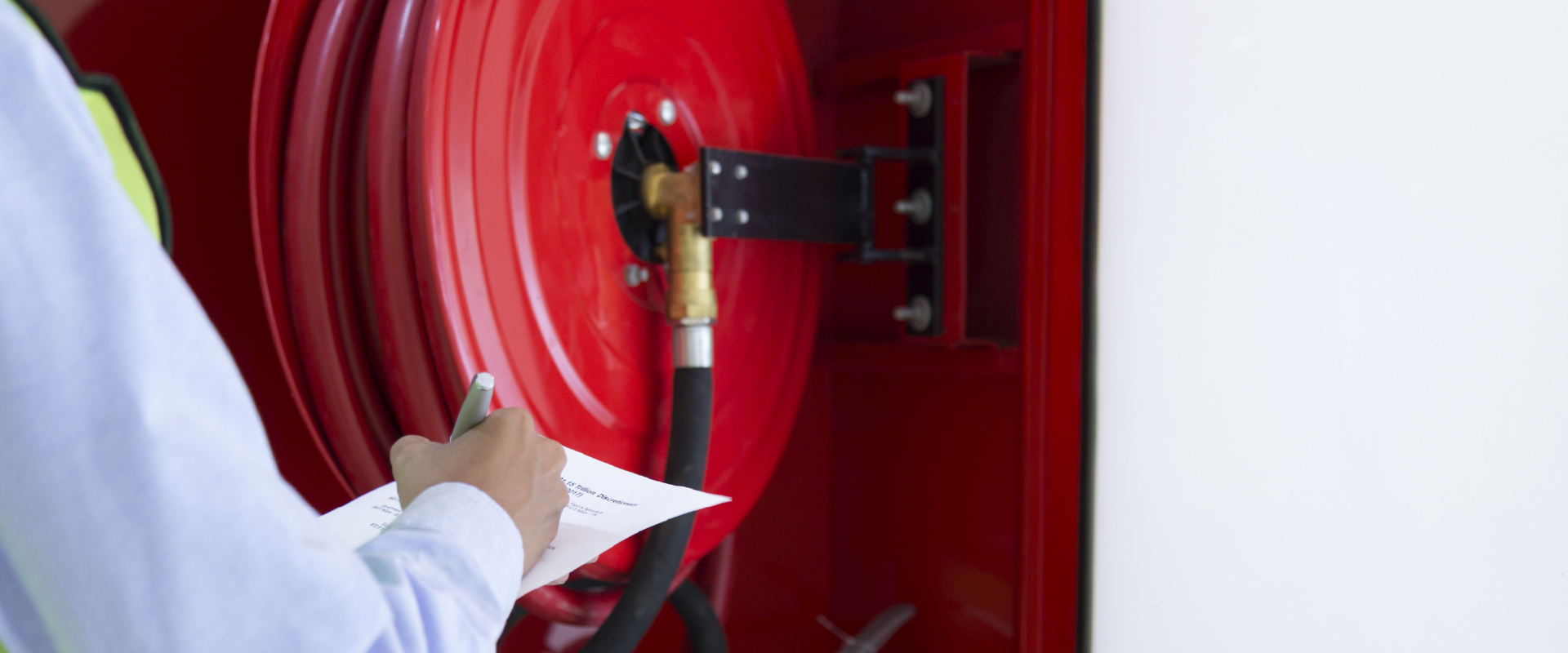As the word suggests, mold remediation is a process involving the identification, containment, cleaning, and prevention of mold growth. But why is it so essential? This comprehensive guide aims to demystify what mold remediation is, and more importantly, underlines its undeniable significance in maintaining our living spaces for optimal health and wellbeing. Let’s explore further.
Understanding
Mold Remediation
Mold growth is a common problem in many homes and commercial buildings, especially in areas with high humidity or those that have suffered water damage. Mold spores, tiny particles that float in the air, can land on organic material and start growing when conditions are right—namely, when there is moisture present. Over time, these spores can multiply, leading to a mold infestation that poses health risks and compromises the structural integrity of the affected areas.
That’s where a mold remediation service such as CRUSA Construction and Restoration steps in. The process of mold remediation involves identifying the source of the mold, containing it to prevent further spread, thoroughly cleaning the affected area with an approved method, and taking steps to prevent future mold growth. The overall goal is not just to remove mold but to also address the underlying problem causing mold growth.
Why Is Mold
Remediation So Important?
Primarily, mold remediation is critical because of the potential health problems mold can cause. Various types of mold, such as toxic black mold (Stachybotrys chartarum), can lead to health concerns including allergies, respiratory issues, and other more serious conditions. The Environmental Protection Agency (EPA) and Centers for Disease Control (CDC) have both highlighted the importance of promptly addressing mold problems to protect public health.
Secondly, if left unchecked, mold can cause considerable property damage. It can weaken the structural integrity of your home by breaking down organic material such as wood and drywall. As mold grows, it continues to spread, increasing the area of damage and the costs associated with repair and restoration.
The Mold Remediation Process
The mold remediation process, conducted by mold professionals, is a detailed one that involves several steps:
Inspection and Assessment
Identifying the presence and extent of mold in your home or commercial building. This step may involve air quality testing and visual inspections.
Containment
Once the mold is identified, it is isolated and contained to prevent further spread.
Filtration
The air is cleaned to remove mold spores and improve air quality.
Removal and Cleaning
Mold-infested materials are removed, and the affected areas are thoroughly cleaned and disinfected.
Drying
The cleaned areas are dried thoroughly to ensure no moisture remains.
Restoration
Any damaged areas are repaired or replaced. This may include replacing drywall, ceiling tiles, or even structural elements.
Prevention
Steps are taken to prevent future mold growth. This may involve fixing any water leaks, improving ventilation, or applying mold-resistant products to susceptible areas.
Final
Thoughts
Remember, mold is not a problem to be taken lightly. If you suspect a mold problem in your home or commercial building, act quickly.
Reach out to a mold remediation specialist like CRUSA Construction and Restoration. We have the training, experience, and equipment to remediate the mold and restore your property safely and effectively.
Frequently Asked Questions
While minor mold issues can be addressed with home improvement methods, a professional mold remediation service should handle more significant infestations. This is due to the potential health risks associated with handling mold and the specialist equipment needed to effectively remove mold and prevent its return.
The cost of mold remediation varies based on the extent of the mold infestation, the size of the area affected (square foot), and the materials involved. You can reach out to mold remediation companies like ours for a detailed estimate.
The length of the mold remediation process depends on several factors, including the extent of the mold growth and the size of the affected area. It can range from a few days to several weeks.
If the source of the moisture problem is not addressed, mold can return even after remediation. Part of the mold remediation process involves identifying and rectifying these issues to prevent future mold growth.



